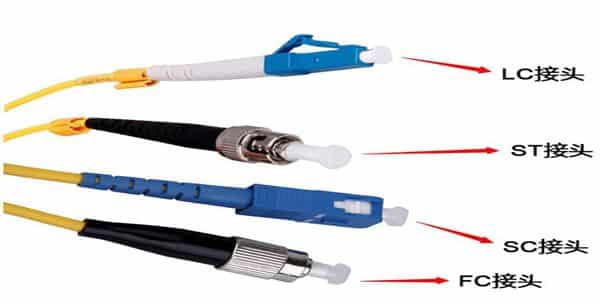
Optical fiber communications have emerged as one of the main pillars of modern communications and have played a pivotal role in modern telecommunications networks. As an emerging technology, optical fiber communication has developed rapidly in recent years and is widely used in the history of communication. It is also an important symbol of the world’s new technological revolution and the main transmission tool for various information in the future information society.
Professional Overview
The fiber optical is the abbreviation of the optical fiber. Optical fiber communication is a communication method in which light waves are used as information carriers and optical fibers are used as transmission media. In principle, the basic material elements that makeup fiber optic communication are fiber optics, light sources, and photodetectors. In addition to classification according to the manufacturing process, material composition, and optical characteristics, optical fibers are often classified according to their applications and can be classified into communication optical fibers and sensing optical fibers. The transmission medium fiber is divided into two types: general purpose and special purpose, and the function device fiber refers to an optical fiber for performing functions of amplification, shaping, frequency division, frequency multiplication, modulation, and optical oscillation of light waves, and is often used for a certain functional device. The form appears.
Optical fiber communication is a communication method in which optical waves are used as carriers and optical fibers are used as transmission media to transmit information from one place to another. This is called “wired” optical communication. Today, the optical fiber has become the main transmission method in the world communication because of its transmission bandwidth, high anti-interference and low signal attenuation, which is far superior to cable and microwave communication.
In 1966, British Chinese sorghum (Charles Kao) published a paper on the use of quartz to make glass filaments (fibers) with a loss of up to 20dB/km, enabling high-capacity fiber-optic communication. At that time, only a few people in the world believed, such as the British Standard Telecommunications Laboratory (STL), the United StatesCorning Glass Company, Bell Labs and other leaders.
In 2009, Gao Song won the Nobel Prize for inventing fiber. In 1970, Corning developed a quartz fiber with a loss of 20dB/km and a length of about 30 m, which was said to cost $30 million. In 1976, Bell Labs established an experimental circuit in Atlanta, Washington, with a transmission rate of only 45 Mb/s, which can only transmit hundreds of telephones, while a medium-coaxial cable can transmit 1800 telephones. Because when it is fashionable to use a laser for communication but to use a light-emitting diode (LED) as a light source for optical fiber communication, the rate is very low.
Around 1984, the semiconductor laser for communication was successfully developed. The speed of optical fiber communication reached 144 Mb/s, and 1920 telephones could be transmitted. In 1992, a fiber-transmission rate reached 2.5Gb/s, which is equivalent to more than 30,000 telephones.
In 1996, lasers of various wavelengths were successfully developed to realize multi-wavelength multi-channel optical fiber communication, so-called “wavelength division multiplexing” (WDM) technology, that is, transmitting optical signals of multiple different wavelengths in one optical fiber… Thus, the transmission capacity of optical fiber communication is doubled.
In 2000, with WDM technology, a fiber-optic fiber-transmission rate reached 640 Gb/s. Some people invented the fiber in 1976, and there was a big doubt about winning the Nobel Prize in 2010. In fact, it can be seen from the history of the above optical fiber that despite the large capacity of the optical fiber, the high-speed laser and microelectronics cannot function as the ultra-large capacity of the optical fiber. The speed of electronic devices has reached the gigabit/second level, and the emergence of high-speed lasers of various wavelengths has enabled the transmission of optical fibers to the order of terabits/second (1Tb/s = 1000 Gb/s). Triggered a revolution in communication technology!”
Disclaimer: All information indicated as other sources is transferred from other platforms, the purpose is to convey more information, does not represent the views and position of this site. Please contact us if there is any infringement or objection.